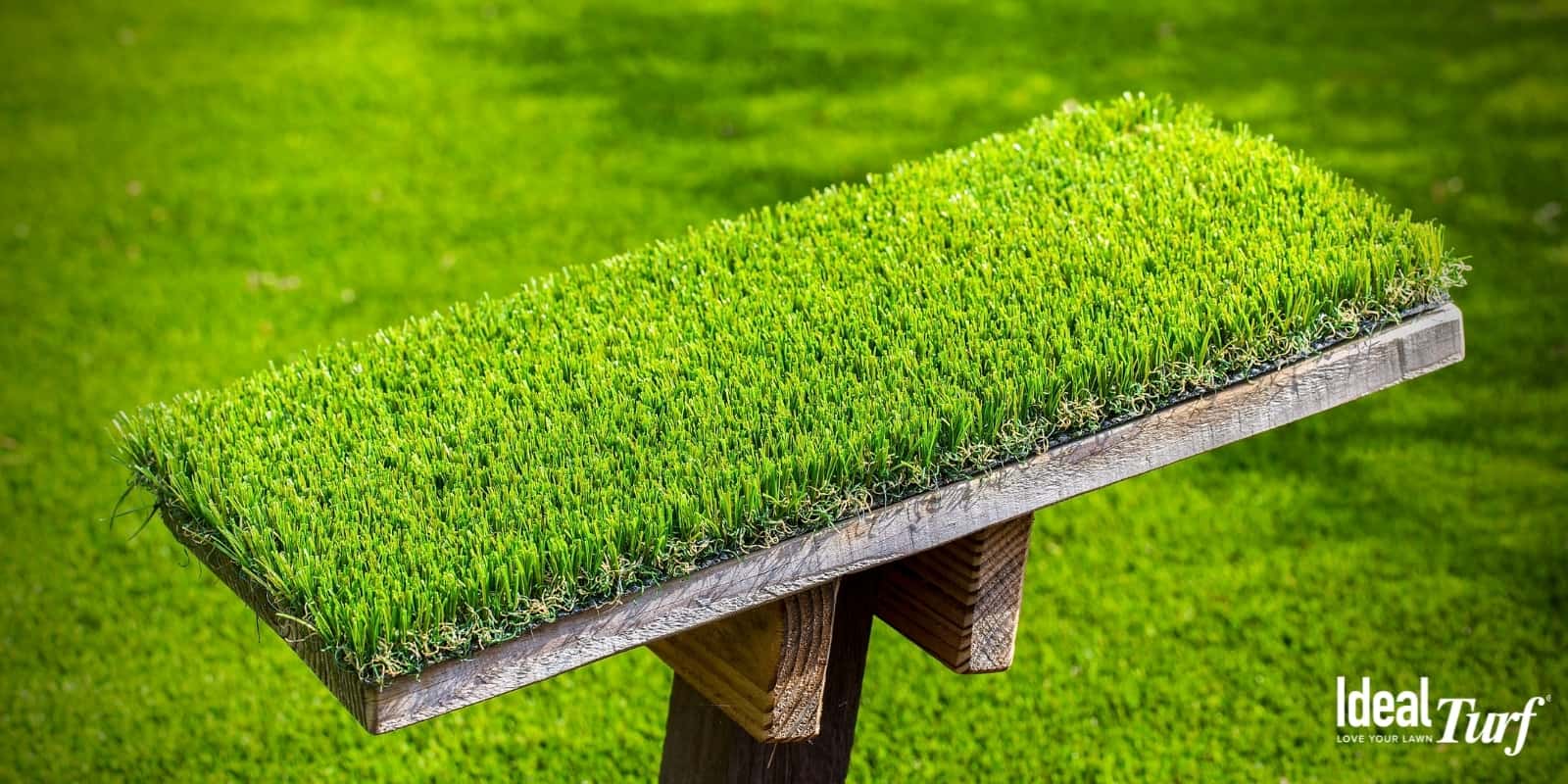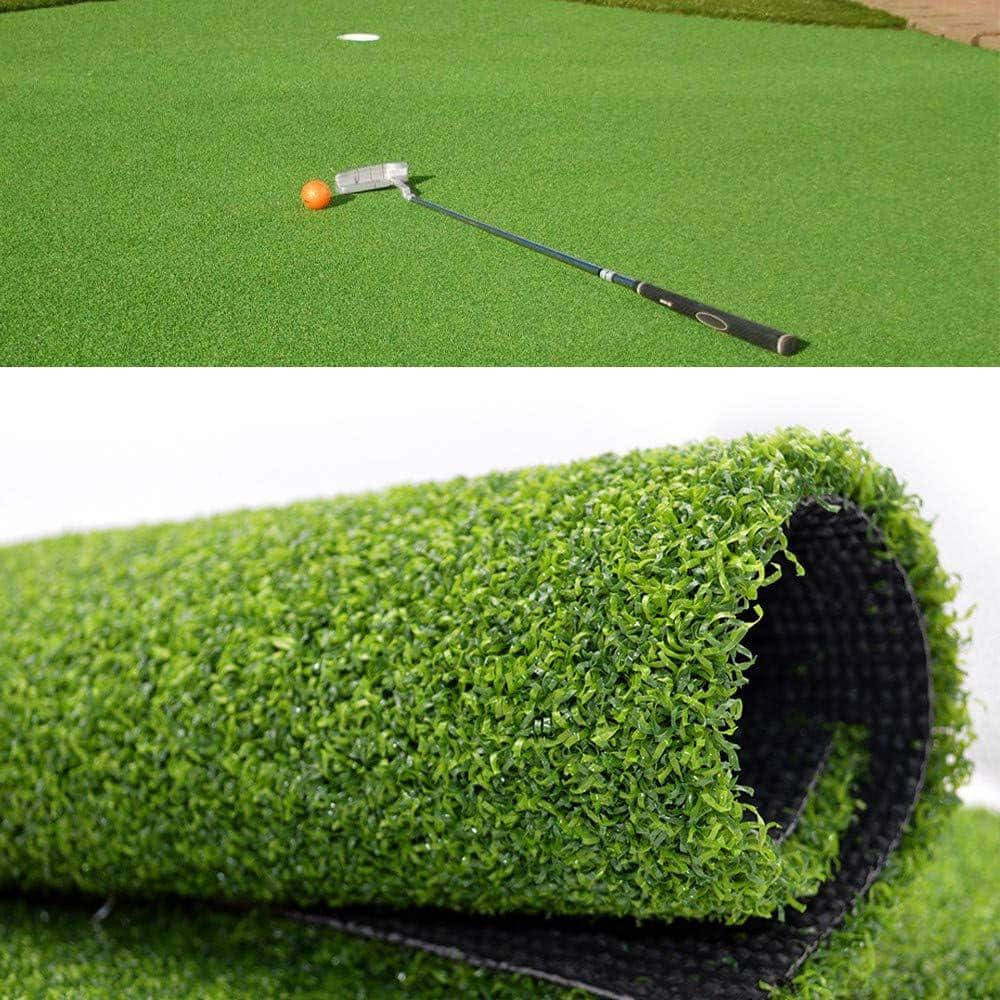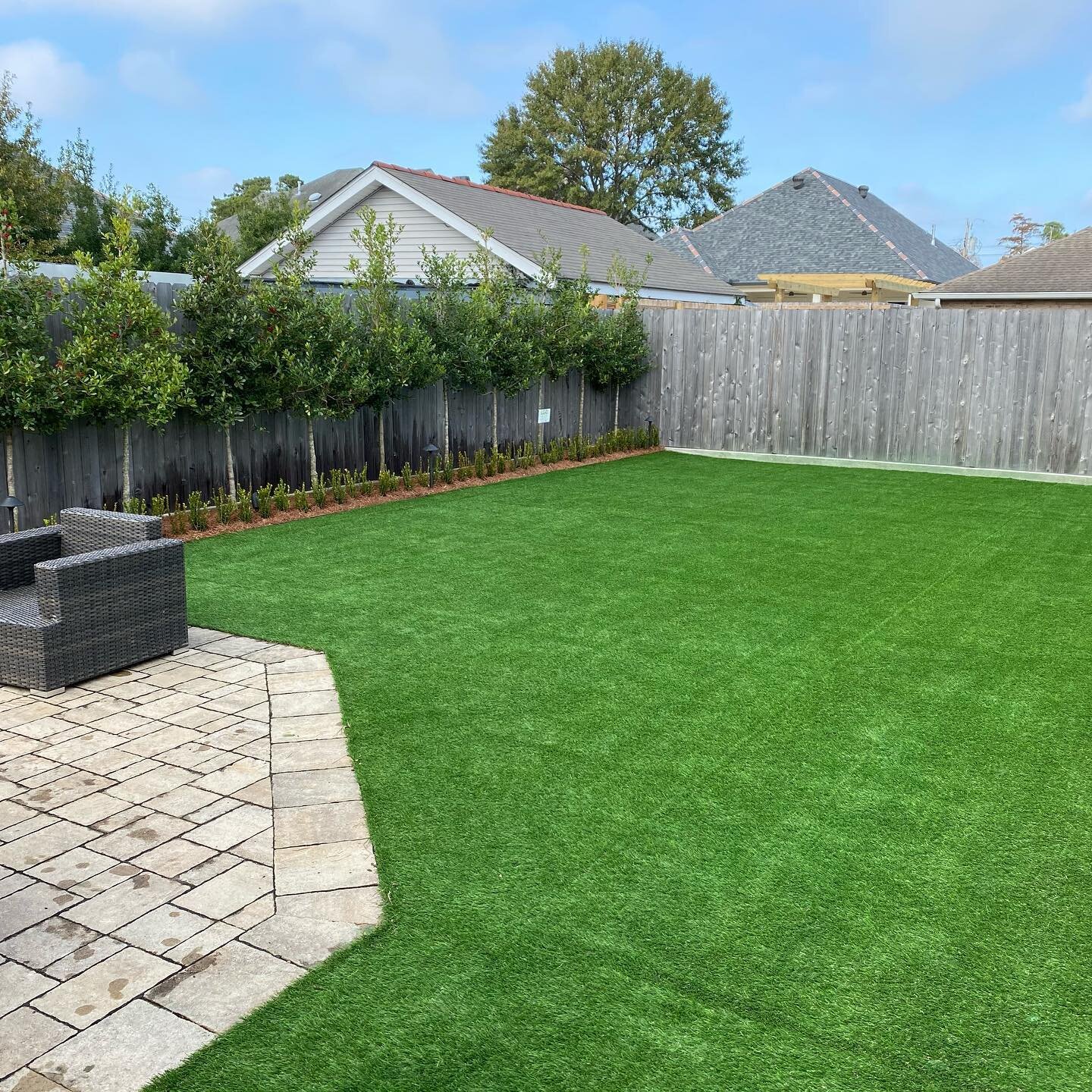Top-Rated Phoenix Turf Companies Focusing on Synthetic Grass Options
Top-Rated Phoenix Turf Companies Focusing on Synthetic Grass Options
Blog Article
Look Into the Environmental Benefits of Opting for Synthetic Grass Solutions
The fostering of synthetic turf services offers a compelling opportunity to resolve pushing environmental obstacles. By substantially reducing water use and reducing the application of damaging chemicals, these choices not just advertise lasting landscape design however likewise safeguard local ecological communities.
Water Preservation Perks
One of the most significant benefits of fabricated turf is its ability to conserve water. In contrast, man-made lawn does not require watering, considerably reducing the total demand for water resources.
By getting rid of the requirement for routine watering, synthetic grass adds to lasting landscape practices and assists reduce the ecological impact of extreme water consumption. The conservation of water expands to the decrease of overflow, which can lead to soil erosion and river pollution.
Furthermore, the setup of fabricated turf enables districts and property owners to allot water resources more efficiently, concentrating on vital usages such as drinking water and agriculture. The shift towards synthetic grass not only promotes liable water use yet likewise aligns with broader environmental goals targeted at preserving all-natural sources.
As communities increasingly focus on sustainability, the water preservation advantages of synthetic grass offer a compelling case for its fostering in commercial and domestic landscaping tasks.
Reduced Chemical Usage
The change to synthetic grass substantially decreases the dependence on chemical therapies generally used in natural turf maintenance. Conventional grass monitoring generally entails the application of chemicals, plant foods, and herbicides to advertise growth and control bugs. These chemicals can position threats to human wellness, local wildlife, and the atmosphere, adding to soil and water contamination.
In comparison, synthetic grass eliminates the need for these dangerous compounds. Once installed, it calls for minimal maintenance, mainly containing normal cleaning and occasional infill replenishment. This decrease in chemical use not only profits the immediate environment but likewise contributes to more comprehensive eco-friendly security. By lessening the launch of artificial substances into the ecological community, fabricated lawn advertises much healthier dirt and water systems.
Additionally, the lack of chemical drainage related to synthetic turf installations helps protect regional waterways from air pollution, sustaining water life and preserving biodiversity. Arizona artificial turf. As communities increasingly focus on sustainable methods, going with man-made lawn offers a sensible service that lines up with ecological preservation goals. Via this shift, homeowner can take pleasure in lush green spaces without compromising ecological health and wellness, leading the method for a much more sustainable future
Reduced Carbon Footprint

In addition, the setup of man-made turf can lead to substantial water conservation. All-natural lawns call for substantial quantities of water for irrigation, which not just contributes to the carbon footprint related to water removal and treatment however also stress local water resources. In comparison, synthetic grass needs marginal maintenance, calling for no watering, consequently dramatically minimizing water use and its connected power prices.
Additionally, the long life of fabricated turf adds to its reduced carbon influence. With a lifespan of up to 15 years or even more, the requirement for frequent substitutes is lessened, causing much less waste and reduced power usage in production and throwing away traditional grass choices. Generally, synthetic grass offers a lasting option for eco conscious landscape design.
Habitat Preservation
Habitat preservation is a crucial factor to consider in the dispute over landscaping choices, particularly when contrasting synthetic grass to natural turf. All-natural yard lawns commonly need comprehensive upkeep, consisting of the use of chemicals, herbicides, and plant foods, which can adversely affect regional ecosystems. These chemicals can leach into the soil and rivers, damaging native plants and fauna and disrupting local environments.
In contrast, synthetic grass offers a possibility to decrease the environmental footprint of landscaping. By going with artificial turf, property owners can minimize the disruption of natural environments associated with traditional grass treatment practices. Artificial lawn eliminates the requirement for unsafe chemicals, consequently shielding nearby wild animals and maintaining the honesty of bordering ecosystems. Moreover, the setup of man-made grass can result in the conversion of previous turf locations right into more biodiverse landscapes, such as pollinator yards or native plant locations, which can support local wildlife.
Eventually, the change to synthetic click here to find out more grass not just saves water and lowers upkeep efforts however also cultivates a much more harmonious partnership in read the full info here between human tasks and the native environment, promoting habitat conservation while doing so.
Long-Term Sustainability
Lasting sustainability is a critical factor in evaluating the advantages of artificial grass over traditional turf yards. One of one of the most substantial advantages of synthetic turf is its toughness; it can last approximately 15-20 years with marginal maintenance, whereas all-natural yard needs regular reseeding and substitute. This durability minimizes the requirement for continuous resources, such as water, plant foods, and pesticides, which are vital for maintaining a healthy yard yard.
Additionally, fabricated turf contributes to a reduction in carbon exhausts linked with lawn treatment tools. Standard lawns usually call for gas-powered lawn mowers, leaners, and blowers, every one of which add to air contamination. Turf installation phoenix az. On the other hand, synthetic grass removes the need for such devices, advertising a cleaner atmosphere
Moreover, the manufacturing of synthetic grass progressively makes use of recycled materials, improving its sustainability profile. As producers embrace environmentally friendly methods, the environmental impact of fabricated turf continues to lessen.

Final Thought
The adoption of synthetic grass options offers substantial ecological benefits, consisting of substantial water conservation, decreased dependence on hazardous chemicals, and a lower carbon footprint. Additionally, synthetic turf aids in preserving natural environments by reducing land disruption and promoting long-term sustainability through the use of long lasting products. Collectively, these aspects emphasize the capacity of synthetic grass to add favorably to ecological health and wellness and provide a practical choice to traditional landscaping YOURURL.com techniques in a significantly resource-conscious world.
In comparison, synthetic turf does not require watering, substantially reducing the overall demand for water sources. By reducing the launch of synthetic substances right into the community, fabricated grass advertises much healthier dirt and water systems.
Furthermore, the installment of artificial lawn can result in significant water preservation. In contrast, artificial grass requires marginal maintenance, calling for no watering, thereby dramatically lowering water usage and its linked energy expenses.

Report this page